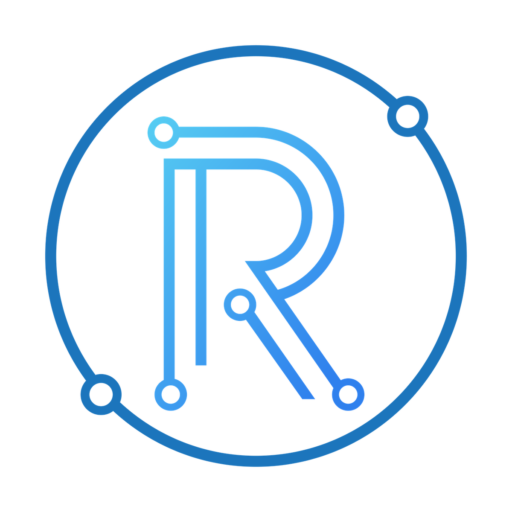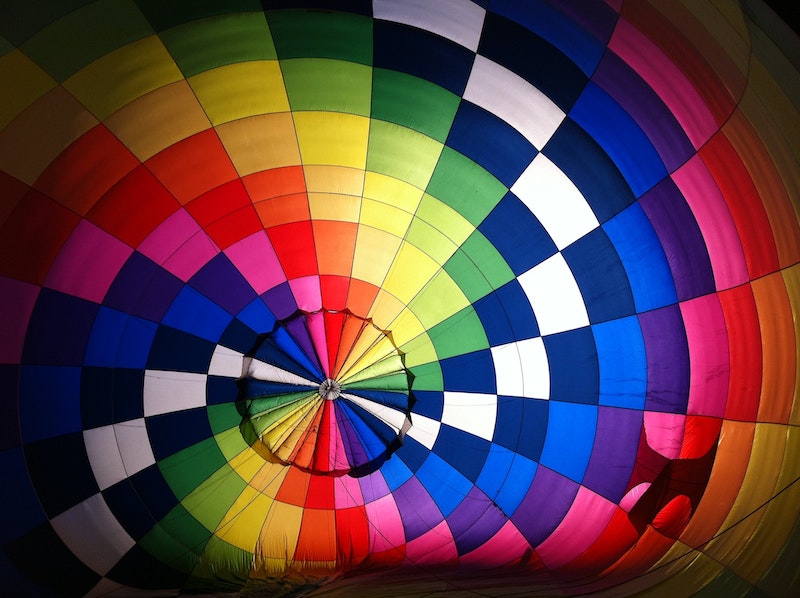Color psychology studies how different colors determine human behavior, and these psychological insights are regularly used in advertising and marketing to evoke emotional reactions. That sounds simple at first, but there’s a lot to unpack. In this article, we’ll go over what makes color psychology so powerful in the field of marketing, as well as how you can use it to improve your own marketing campaigns and boost sales in your own business.
How does the psychology of color work?
There are three main areas where color has the ability to create an emotional response: hue, saturation, and brightness. All of these elements play a role in determining the type of reaction a person will have to any given color. As marketers, it’s important that we understand these basic principles so that we can harness their power for our own purposes.
In nature, there is an infinite gamma of colors and shades, and our body naturally reacts differently to every environment, primarily because of the tone of color, therefore we must use color to our advantage to evoke the feelings we want through our brand.
Examples of the psychology of color
If you were trying to communicate energy or strength, you might want to use combinations of the colors red and pink. If you wanted something calming and soothing, try combining cool blues or greens with pale shades or combine different shades of warm oranges or browns for something cozy.
Colors evoke different feelings and associations, so understanding how this works is essential to getting people to take action on your offer. Here are just a few examples of how you can use color psychology when creating your next marketing campaign.
If you’re selling a product or service related to health and wellness, consider using colors like green and blue. If you’re marketing a product or service that requires purchase decisions, oranges or reds may be better suited for your needs. If you want something eye-catching at an event booth, yellows may work best. If you sell food and want people to buy from you, avoid tones of blue or purple and instead use reds and oranges. On the other hand, if you want your brand to appear calm and luxurious use grays and purples.
In general, warm colors are more inviting than cool colors, so consider using reds and yellows for energy-related products or blues for calming items.
When designing an ad or logo, understanding the psychology behind color will help you more effectively market your product.
Conclusion
No matter what business you’re in, taking into consideration color psychology as part of your strategy because it will be instrumental in reaching the right audience with the right message.
If you want to experiment with color palettes try this website:
https://coolors.co/
I love this website because it helps me brainstorm and decide what color combinations work best when I need to do rebranding for a client or need a new color palette for an advertising campaign.
Hope it helps!
If you liked this article, follow this newsletter and add me on LinkedIn!
By: Jorge Santacruz · Marketing Director at Redizel







Trackbacks/Pingbacks